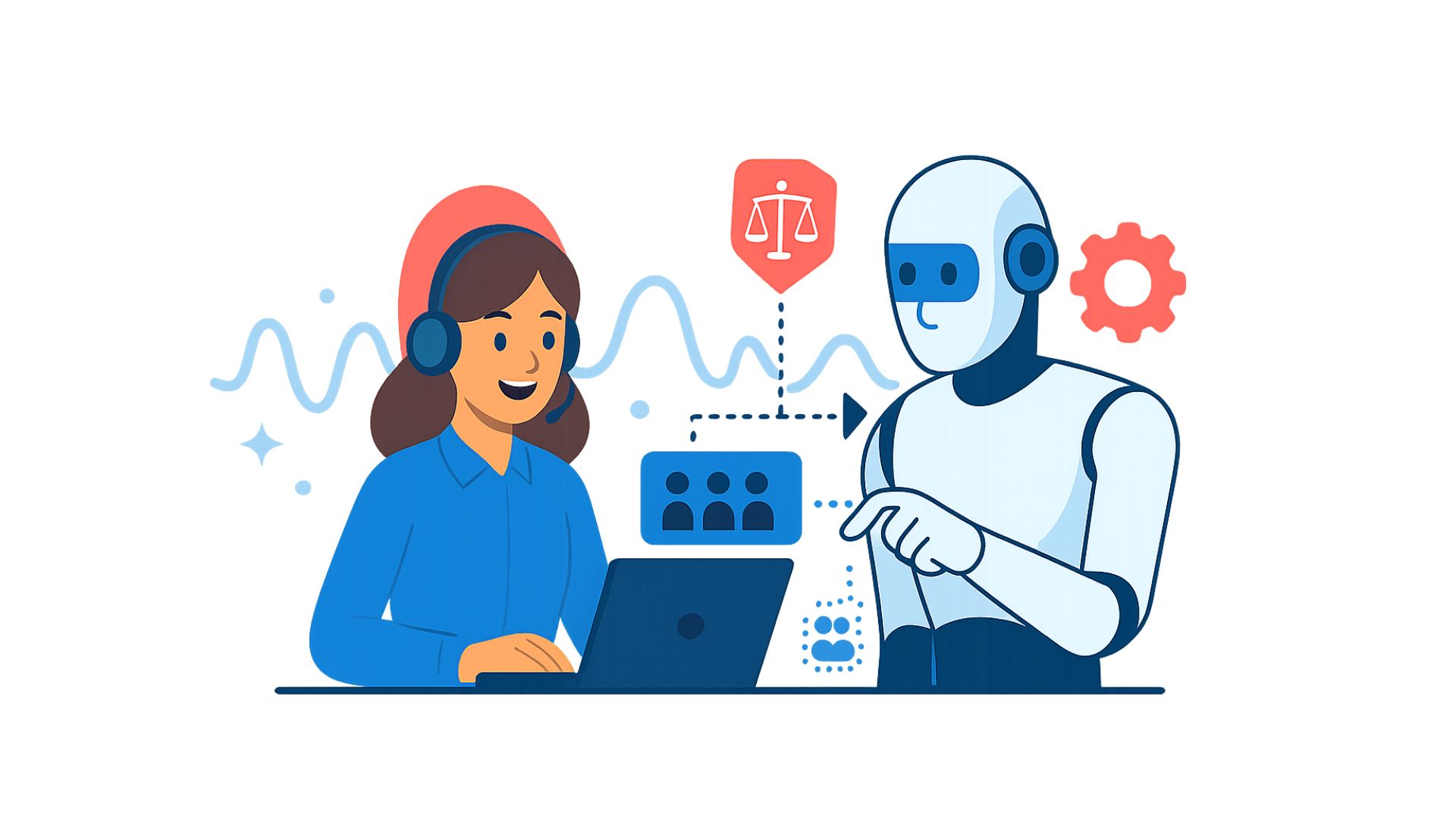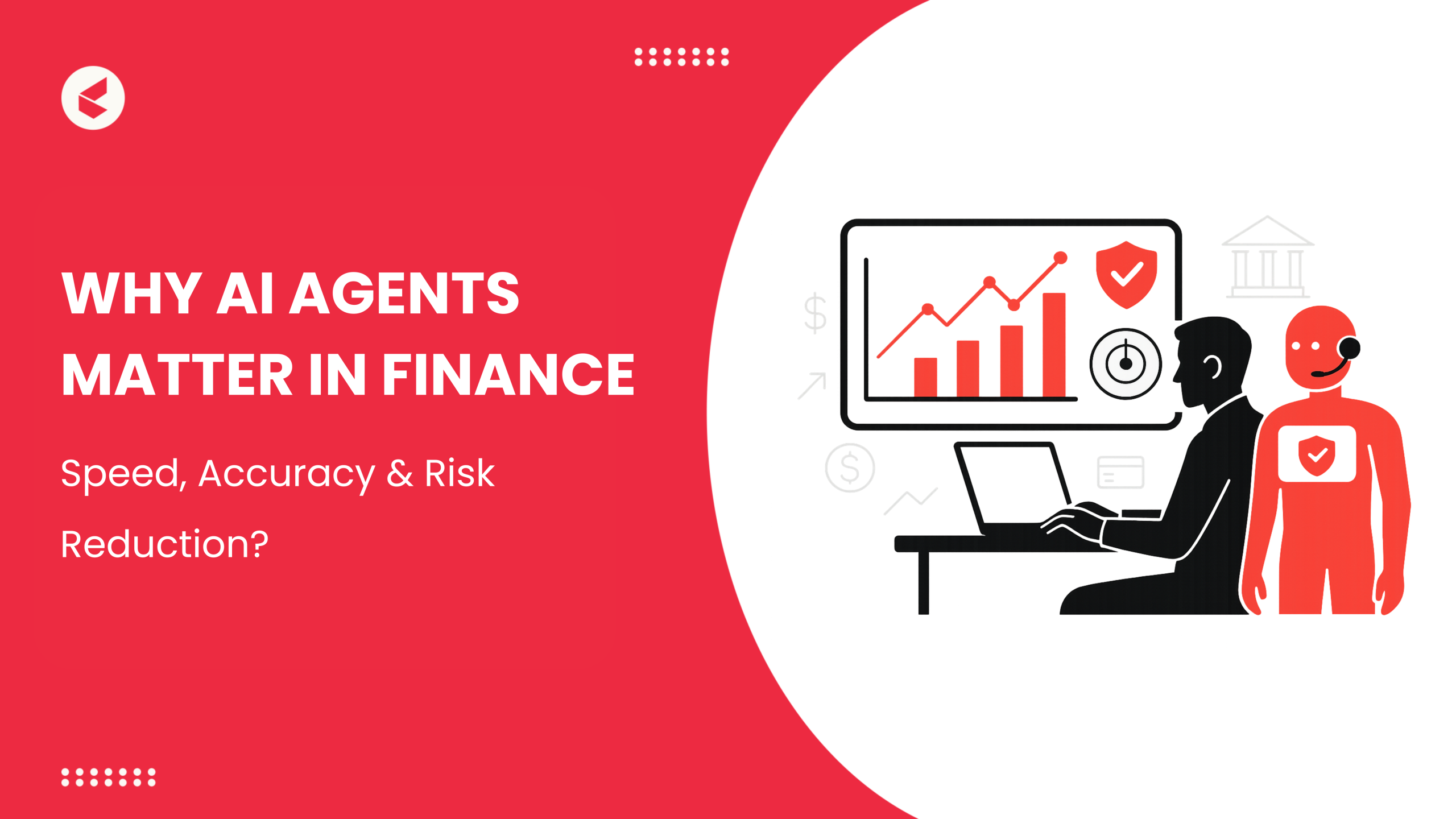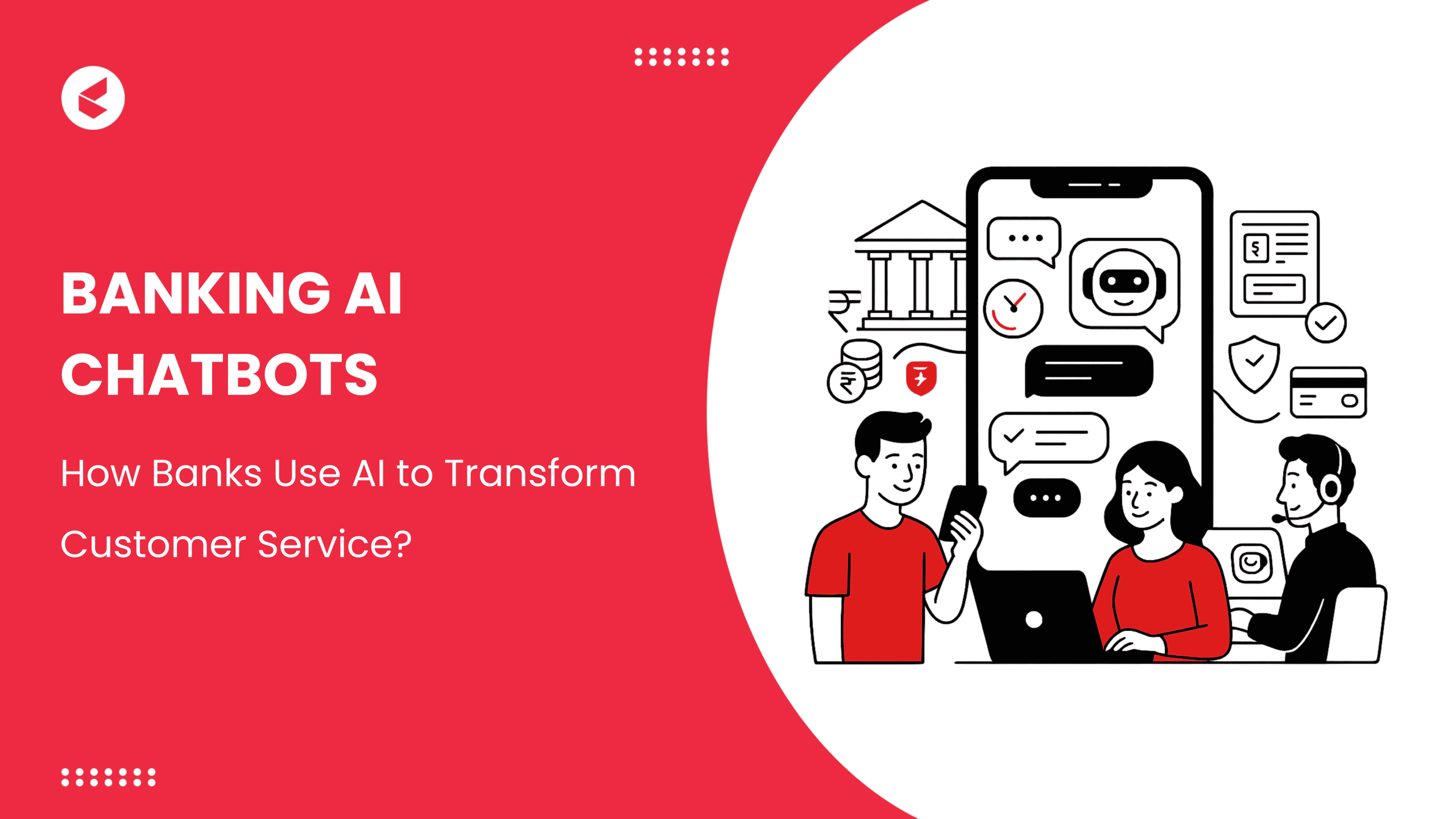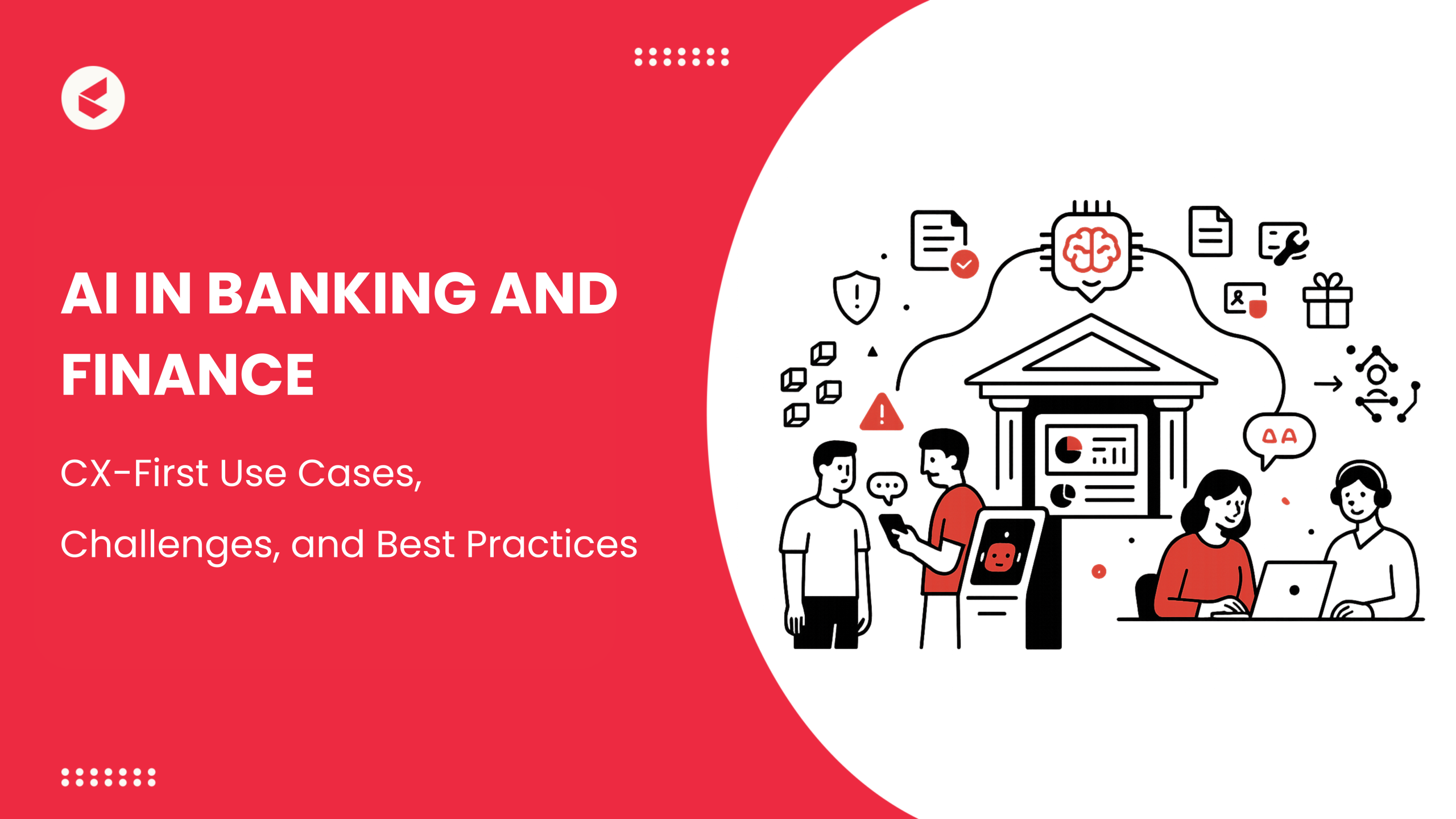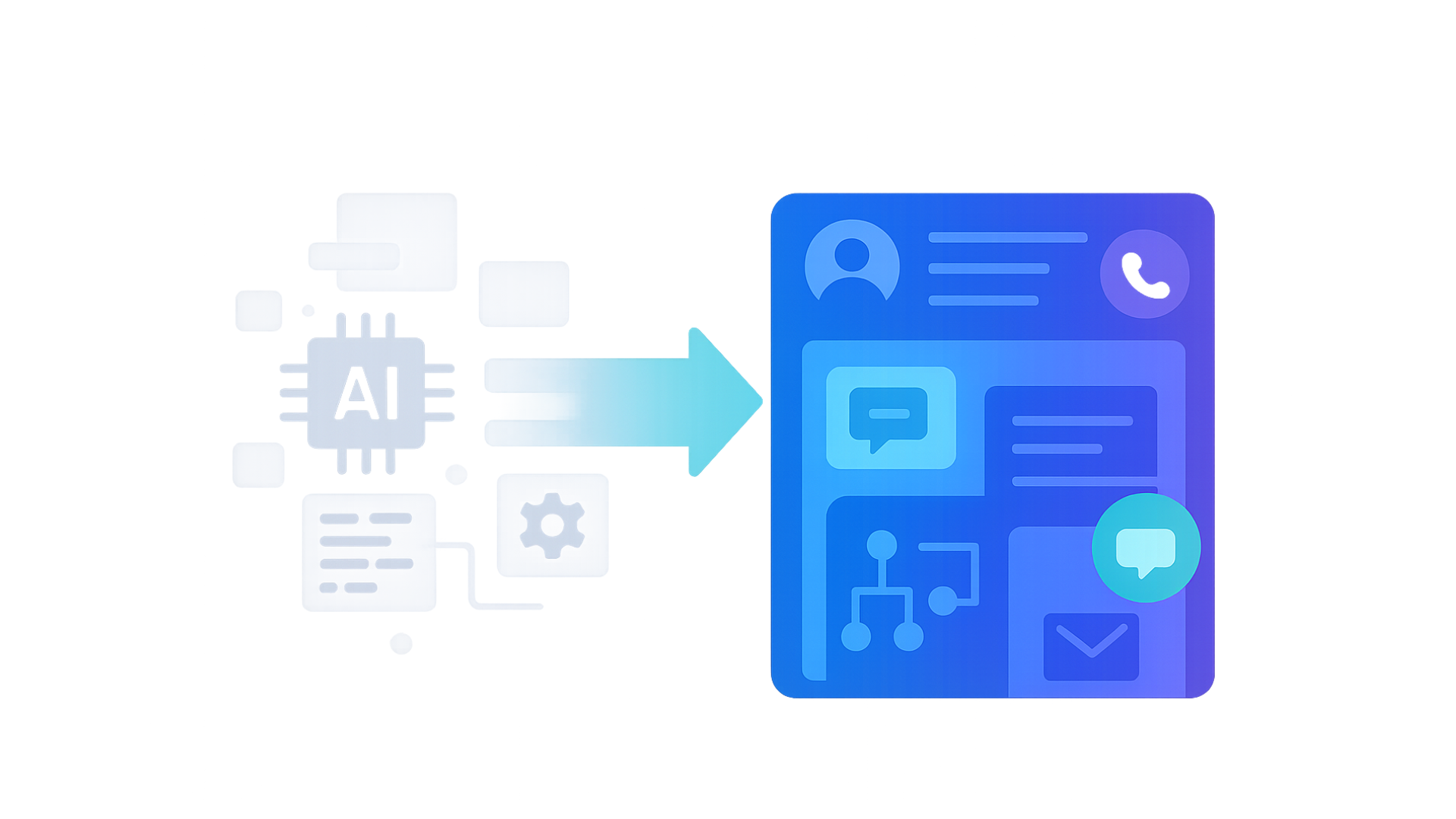If you are planning to train your AI for customer support, you need an extensive repository of real customer interactions.
This is an ongoing constraint for CX leaders as customer data is private and strictly regulated. Non-compliance with privacy regulations can cause legal and financial repercussions. In fact, IBM reports that the average cost of a data breach worldwide is $4.88 million.
So, how do you build intelligent CX systems that learn from real interactions without risking user privacy?
Synthetic data generation is your go-to solution! It creates hyper-realistic, privacy-safe data to train your AI models without jeopardizing trust or compliance.
But there’s more to it than this. In this blog, we break down the role of synthetic data, key benefits, and expert tips for training CX AI models for improved service offerings.
Why Traditional Training Data Falls Short?
Traditional training data’s inability to capture diverse scenarios can lead to gaps in customer experience. Let’s examine the limitations of this approach for CX teams.
1. Privacy Laws and Regulatory Restrictions
Strict privacy regulations, such as GDPR and HIPAA, enforce limited access to customer data. These laws mandate anonymization and consent. Hence, minute processing of data leads to delayed model training.
As a result, businesses struggle with lengthy timelines that hinder the swift implementation of AI models.
2. Sampling Bias and Data Representation
Sampling bias in real customer data causes some customer segments to be overrepresented while others are either absent or underrepresented.
This leads to inconsistent model performance for various user groups, lowering effectiveness in practical applications.
3. High Annotation Costs
Large amounts of customer data require expensive and resource-intensive labeling. Apart from that, acquiring annotated data is difficult in sectors such as healthcare and BFSI. It requires in-depth subject expertise.
This leads to small datasets, which can slow down training and compromise the model’s accuracy.
4. Edge Cases
Traditional training data does not adequately address edge cases, particularly complex or rare customer scenarios.
This limited representation restricts the model’s ability to accurately handle atypical requests. Hence, it leads to inadequate support for customers experiencing unique issues.
5. Compliance Risks
Even with anonymization, the risk of non-compliance remains if sensitive information is retained or re-identified.
This exposes organizations to legal penalties and reputational damage. Overall, these limitations hinder timely, consistent, and compliant AI model development.
Enter Synthetic Data: What Is It and Why Does It Matter
Synthetic data generation for CX AI involves using algorithms to create realistic customer interaction data without real personal information.
After identifying patterns in the available data, these models generate diverse, privacy-safe training datasets. This procedure reduces bias and enhances AI’s capacity to handle various situations.
Some of the popular types of synthetic data are:
| Type | What is it? | Key Benefits for CX Teams |
| Rule-Based Synthetic Data | Data is created using predefined rules and logic. | Quick, controlled data generation Ensures data privacy Good for scenario testing and automation validation |
| Generative Models | Data produced by advanced methods like Large Language Models (LLMs), variational autoencoders (VAEs), and Generative Adversarial Networks (GANs), trained on real data. | Produces realistic, diverse data Enhances AI training Improves predictive analytics and personalization |
| Simulation-Driven | Data is generated through simulated environments or processes. | Mimics complex customer interactions Test system responses in realistic scenarios Supports training for rare or critical events |
Synthetic Data Generation for CX
When it comes to customer support, synthetic data can mimic customer queries or previous transaction flows to train and test AI models.
It helps in creating more dependable AI tools that boost personalization and response quality. Additionally, synthetic data generation ensures customer privacy and adheres to data regulations.
For example
- Synthetic chat logs can replicate the variety and complexity of customer interactions to better understand diverse customer needs.
- Simulated transaction data can reflect typical and edge-case behaviors to identify potential bottlenecks in service workflows.
Furthermore, CX teams are choosing synthetic data over traditional data due to
- Infinite Scalability – Provides vast volumes of data to train robust models without the limitations of real-world data collection
- No PII Risk – Upholds customer privacy and compliance concerns as it doesn’t contain any actual personally identifiable information
- Balanced Edge-Case Coverage – Synthetic datasets include rare or critical edge cases that are often underrepresented in real data. This increases model performance across diverse scenarios.
Building Realistic Synthetic CX Datasets
For AI models to be effective, the synthetic data created must precisely replicate real-world interactions. Let’s look at the top strategies to ensure your synthetic data sets are highly functional and realistic.
1. Employ Product/Service-Specific Terms
Use domain-specific language to make your synthetic data more relevant and authentic. Models can better comprehend context and subtleties when they are trained on data that contains real
- Product names
- Features
- Industry jargon
This reduces misunderstandings and improves the quality of automated responses. Addressing issues like a lack of specificity also helps avoid generic or ambiguous outputs that lack domain relevance.
2. Maintain Linguistic Diversity and Tone Variance
From formal expressions to frustration-driven feedback, customers interact in varied styles. You need to incorporate this diversity to ensure your synthetic data captures the full spectrum of customer sentiments.
As a result, models trained on such diverse data are more flexible and capable of managing various customer personas. It lessens problems like unexpected language patterns or tone mismatch.
Furthermore, linguistic diversity equips your AI models to better understand subtle emotional cues.
3. Validate Output Against Real-World Transcripts
Finding differences between fake and real encounters is easy with regular validation. You must compare generated data with authentic transcripts to pinpoint any gaps in quality and accuracy.
Continuous validation ensures your synthetic data remains aligned with real-world scenarios, improving model reliability. It also helps identify and correct issues like hallucinations or unrealistic responses.
4. Check Various Data Generation Techniques
You must test advanced techniques to generate nuanced, contextually rich data tailored to specific needs.
- Prompt-Based LLM Generation – Guides large language models to produce relevant, coherent responses and helps to control output quality
- Feedback Loops – Examine and improve generated data iteratively, fixing errors and boosting realism.
- Scenario Testing – Simulate specific situations, such as complaints or onboarding, to cover critical edge cases.
All of the above techniques ground outputs in prompts and feedback to overcome challenges like hallucinations. They also enable domain tuning, ensuring data aligns with your specific industry context.
Ethical Advantages and Operational Impact of Synthetic Data
Now that we’ve discussed how to create realistic synthetic datasets, let’s understand why this approach is not just technically smart but also ethically sound.
Here is why synthetic data is a win-win for operational impact and retaining client trust.
1. Lowers Risk of Data Breaches and Regulatory Issues
Synthetic data reduces the probability of unintended data leaks.
Since synthetic data does not have the attributes of personally identifiable information (PII), it helps CX teams comply with data privacy laws such as GDPR and CCPA. This ethical dimension aids in customer trust and reduces companies’ liability.
2. Fast-Track Experimentation and Onboarding
Synthetic data enables the rapid testing of new support tools, such as chatbots, without waiting for extensive real-world data collection.
It speeds up the cycle of experimentation, enabling teams to assess and refine solutions quickly.
Synthetic datasets also provide realistic scenarios for training new tools, thereby reducing the time-to-market and operational delays.
3. Democratizes AI Adoption for Smaller Enterprises
Not all organizations routinely have extensive historical customer interaction data available for analysis. Synthetic data fills this void. It makes AI-powered customer support accessible to smaller or resource-constrained businesses.
Furthermore, it empowers them to develop and deploy intelligent support solutions without the need for massive data repositories.
How Kapture CX Leverages Synthetic Data Ethically
Kapture CX uses synthetic data ethically to deliver industry-specific training and verticalized solutions that elevate AI-driven customer experiences.
Let’s take a look at the unique attributes of Kapture CX synthetic data generation for smarter, more tailored CX solutions.
1. Employs In-House Vertical LLMs
Kapture uses in-house vertical LLMs to meet the CX requirements of diverse industries. These language models are trained using synthetic data that secures customer privacy. On the other hand, vertical LLMs limit exposure to third-party vendors like OpenAI, if any.
Outcome: Greater control over model development and deployment. It promotes ethical AI practices and boosts service quality.
2. Uses Anonymized Data and High-Fidelity Synthetic Datasets
Kapture combines anonymized customer data with high-quality synthetic datasets to train its AI agents. This approach protects customer privacy while maintaining the richness of real interactions.
Outcome: CX teams can confidently utilize AI solutions, knowing that client identities are protected, which reduces legal concerns.
3. Industry-Specific Prompt Engineering
Kapture utilizes customized prompts designed to resemble real-world, industry-specific consumer inquiries. This guarantees that the AI agents comprehend the unique language and context of every industry.
Outcome: CX agents can deliver more accurate, relevant responses that drive CSAT scores and reduce escalations.
4. Controlled Generation Pipelines for Safety and Consistency
Kapture uses strict control mechanisms during synthetic data generation to prevent hallucinations and ensure consistent, safe outputs. These pipelines incorporate safeguards to avoid misleading or biased responses.
Outcome: CX teams benefit from reliable AI interactions that uphold brand integrity and trust.
5. Faster, Ethically-Guarded Deployment of CX Workflows
Kapture accelerates the deployment durations for enterprise CX workflows while adhering to strong ethical guidelines. This results in a faster time-to-value without giving up on standards of compliance.
Outcome: Through swift scalability of AI-driven CX improvements, businesses can confidently adhere to legal standards and gain customer trust.
Synthetic Data: A Smarter, Safer Way to Train CX AI
According to Gartner, artificial intelligence models will entirely rely on synthetic data by 2030. Synthetic data is no longer a backup plan. For CX teams seeking speed and scalability in AI development, it’s Plan A.
Customer service offerings require faster, tailored intelligence along with trust and compliance. Data-driven decision making is at the core of CX success. In this situation, synthetic data generation goes beyond data privacy. It now offers industry-specific, diverse scenarios.
Scale your customer support solutions with Kapture CX’s AI agents. Trained with ethical synthetic data, our AI agents offer smart, personalized customer service.
Book a free demo today to explore how our AI agents trained on synthetic data can boost CX.
FAQs
Yes, synthetic data upholds ethical considerations about data security. Yet, you must ensure the synthetic data represents real customer behaviors to avoid biases.
Synthetic data generation does not reveal personal information. This allows organizations to develop and improve CX AI systems without risking privacy breaches.
For producing incredibly lifelike synthetic data, generative models such as variational autoencoders (VAEs) and generative adversarial networks (GANs) have gained popularity.
